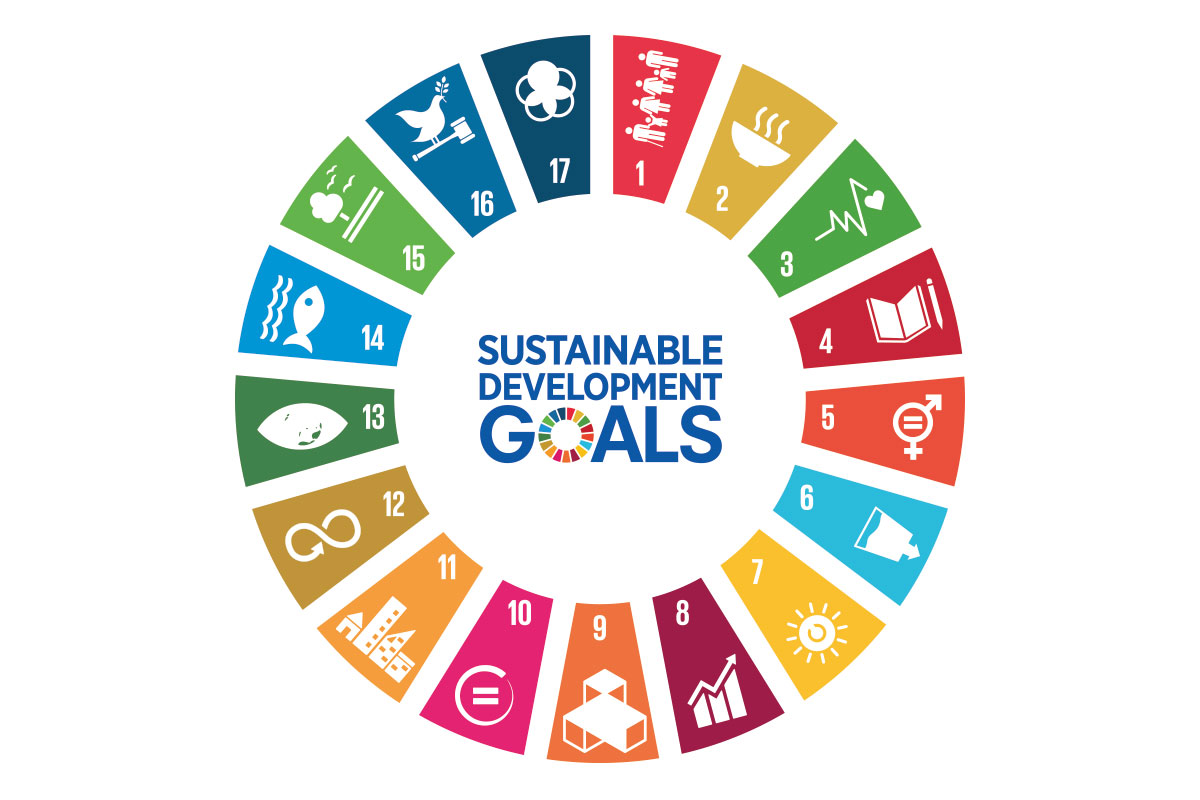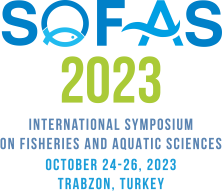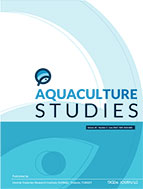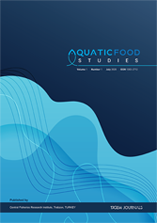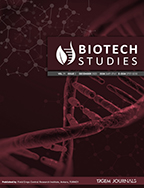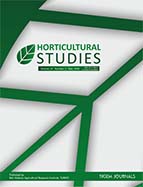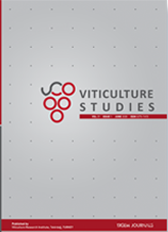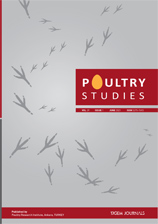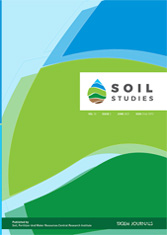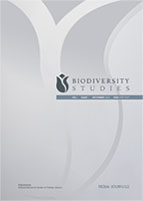From Germs to Mammals in Aqua
CiteScore: 1.0
SCOPUS 2023
SCOPUS 2023

This journal is licensed under a Creative Commons Attribution-NonCommercial-NoDerivatives 4.0 International License
Genetics of Aquatic Organisms
2025, Vol 9, Num, 2 (Pages: GA882)
Advances in Transcriptomic Technologies and Their Applications in Fisheries Science
2 Kumaun University Campus, Bhimtal, India- 263136, Department of Biotechnology, 263136, India DOI : 10.4194/GA882 Viewed : 392 - Downloaded : 546 Transcriptomics is the study of the entire set of RNA transcripts within a cell. It provides insights into the active and latent processes occurring at the subcellular level. Since its inception in the early nineties, it has revolutionized molecular biology and related fields. It has helped uncover the connections between genes and pathways, as well as their roles in physiology, biochemical processes, and disease. Advances in sequencing technologies have further resolved the complexity of cellular functions and provided a snapshot of the transcripts present in a cell at a given time. Over the past decade, transcriptomics has been extensively applied in aquaculture to identify and characterize transcripts associated with immune responses and physiological pathways. This approach allows researchers to study how transcript levels change across organisms, tissues, and cells in response to different stimuli, and thus permits the detection of broadly coordinated mechanisms. More recently, single-cell-based multi-omics techniques have revolutionized biological research. Although their application in fisheries science is still limited; however, it has enormous potential to address many unanswered research problems in this area. In this review, a broad idea about transcriptomics has been given with emphasis on single-cell isolation techniques and the available sequencing domain of single-cell omics. Additionally, we attempt to highlight a few of the important applications of single-cell and multi-cell transcriptomics in fisheries science. Keywords : Aquaculture Cell Transcriptomics Gene Physiology


